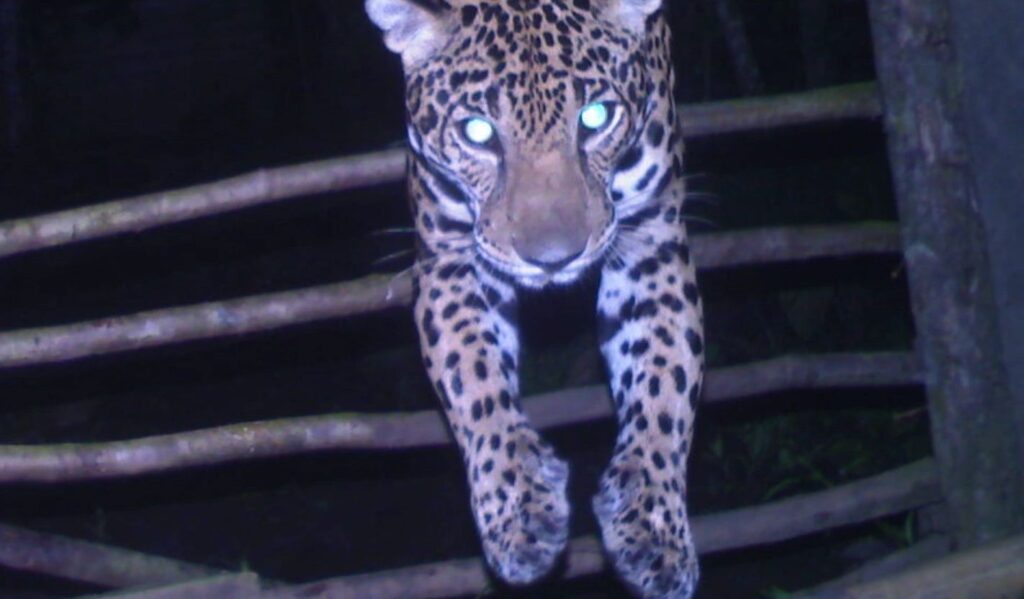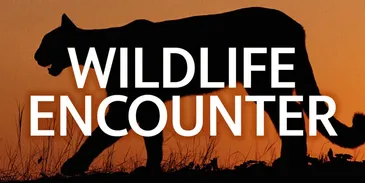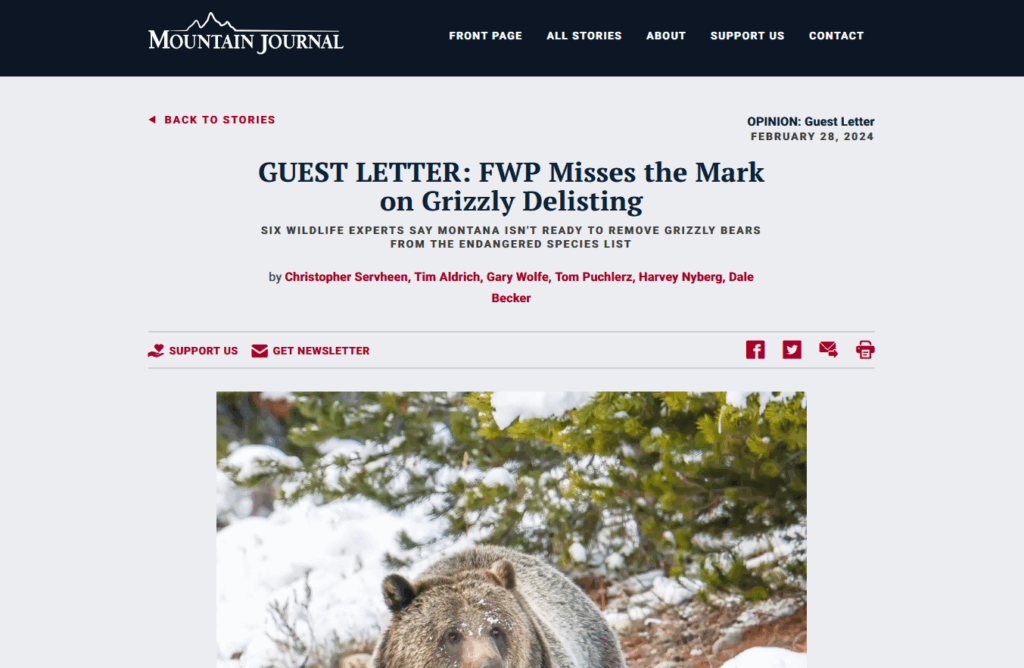Commentary (Editorials, Perspectives, etc.)

For ranchers in Costa Rica, jaguars and pumas become unexpected allies [mongabay – October 3, 2024]
What’s This Story About: In Costa Rica, ranchers are partnering with conservationists to view jaguars and pumas not as threats, but as allies in restoring ecological balance. Through support from organizations like Panthera, coexistence strategies are replacing conflict, with ranchers adapting to live alongside these apex predators.
Why This Story: This story affirms what many of us in the conservation movement have worked toward for decades: a shift from asking if predators should exist to how we can live with them. Coexistence is no longer theoretical—it’s proving practical, ethical, and essential in real-world landscapes.

A mountain lion killed 1, injured 1 in northern California. How common are these attacks? [Sacramento bee – March 31, 2024]

That’s a bloodbath: How a federal program kills wildlife for private interests [National public radio – October 10, 2024]